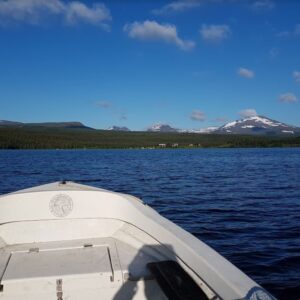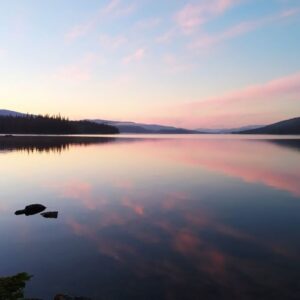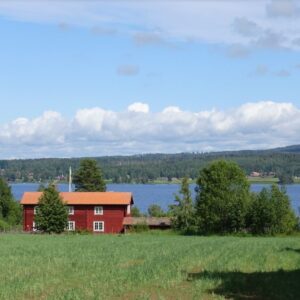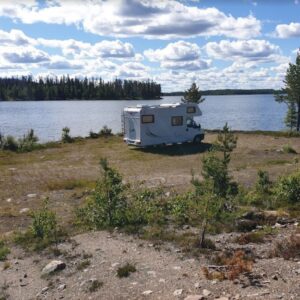Sweden is a country with a large number of lakes. In fact, there are more than 100,000 of them! That's why it's called the land of lakes. The largest lake in Sweden is Lake Vänern, which covers an area of 5,748 square kilometres. It also has the largest surface area in Europe!
Lakes in Sweden are a popular tourist destination. The largest lakes in Sweden are Lake Vänern, Lake Vättern and Lake Mälaren. There are many lakes in Sweden, which attract tourists from all over the world. The largest lakes in Sweden are Lake Vänern, Lake Vättern and Lake Mälaren.
Description of the most interesting lakes for anglers in Sweden
Lake Vänern is the second largest lake in terms of area and is located in the western part of Scandinavia. It has an area of 2 465 km² and is the longest Scandinavian lake at 220 kilometres.
Lake Vättern is the third largest lake in Sweden and the ninth largest in Europe, with a surface area of 1 766 km² and a maximum depth of 210 m. The lake is located in the counties of Jönköping, Östergötland and Småland.
Lake Hjälmaren is the fourth largest lake in Sweden with an area of 1 639 km² and a maximum depth of 90 m. It is mainly located in Jönköping County with smaller parts belonging to Örebro County and Västmanland County.
Fishing in Sweden, best fishing gear
Fishing is a very popular activity in Sweden. It is estimated that around 1 million Swedes fish every year. The average Swedish fisherman spends about 10 hours a year fishing.
The most common type of fishing in Sweden is fly fishing, which is carried out in fresh and salt water. Fly fishing has been very popular in Sweden since the end of the 19th century and it has become even more popular over time. Fly fishermen use many different types of gear to fish with, including rods, lines, flies and hooks to catch fish. A rod is used to cast the line into the water or air so that it can be caught by a fish. Lines are usually made of nylon or monofilament material and they can be used for different types of rigs such as a leader
The fishing industry in Sweden has been a major economic driver for the country. The fishing industry accounts for about 2% of GDP and provides jobs for about 20,000 people. Fishing in Sweden is mainly carried out with nets, longlines and traps. Fishing nets are used in the Baltic Sea and the North Sea, while longlines are used in the Atlantic. Traps are mainly used in freshwater lakes. The majority of fish caught by Swedish fishermen are sold to other European countries such as Germany and Poland.


















